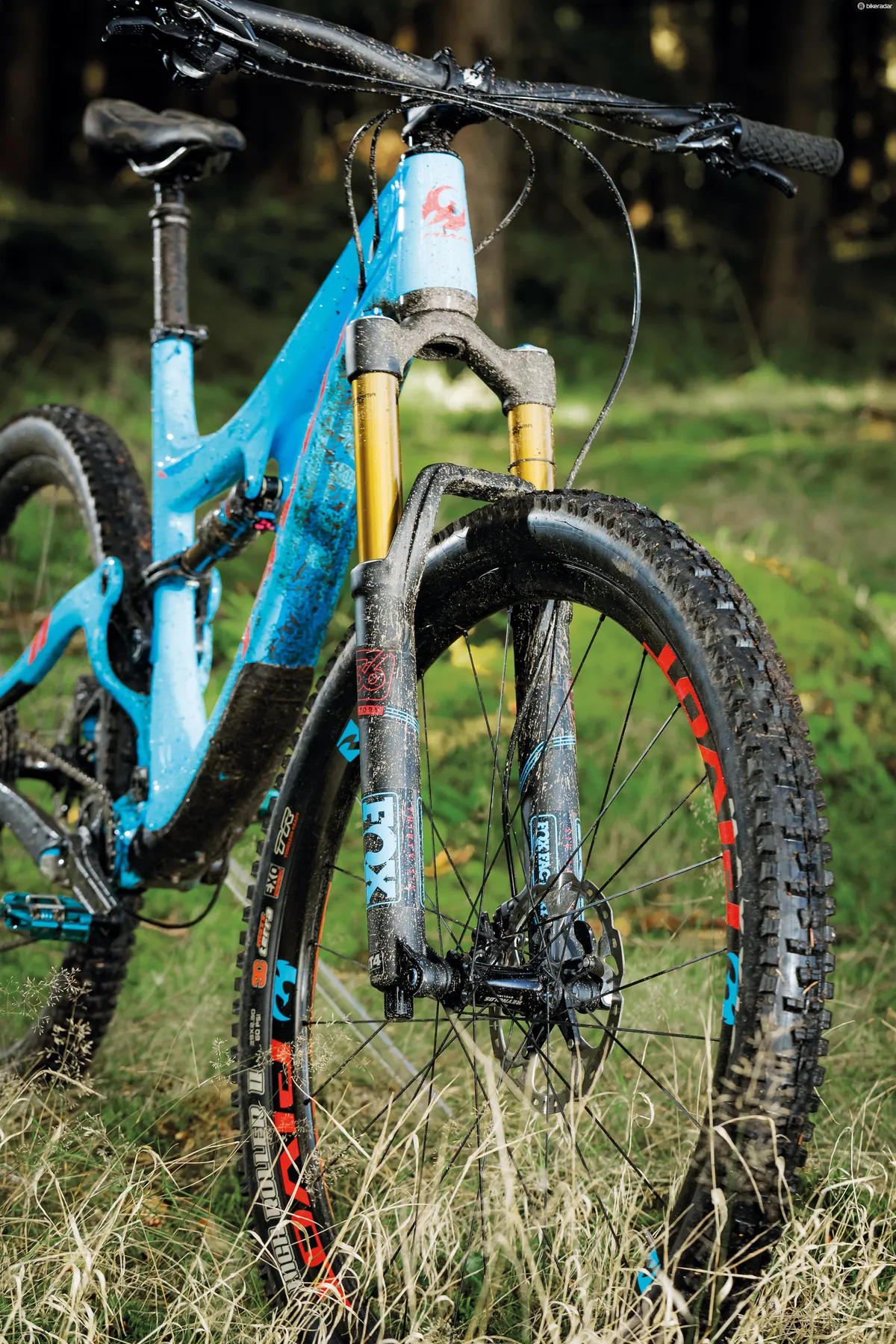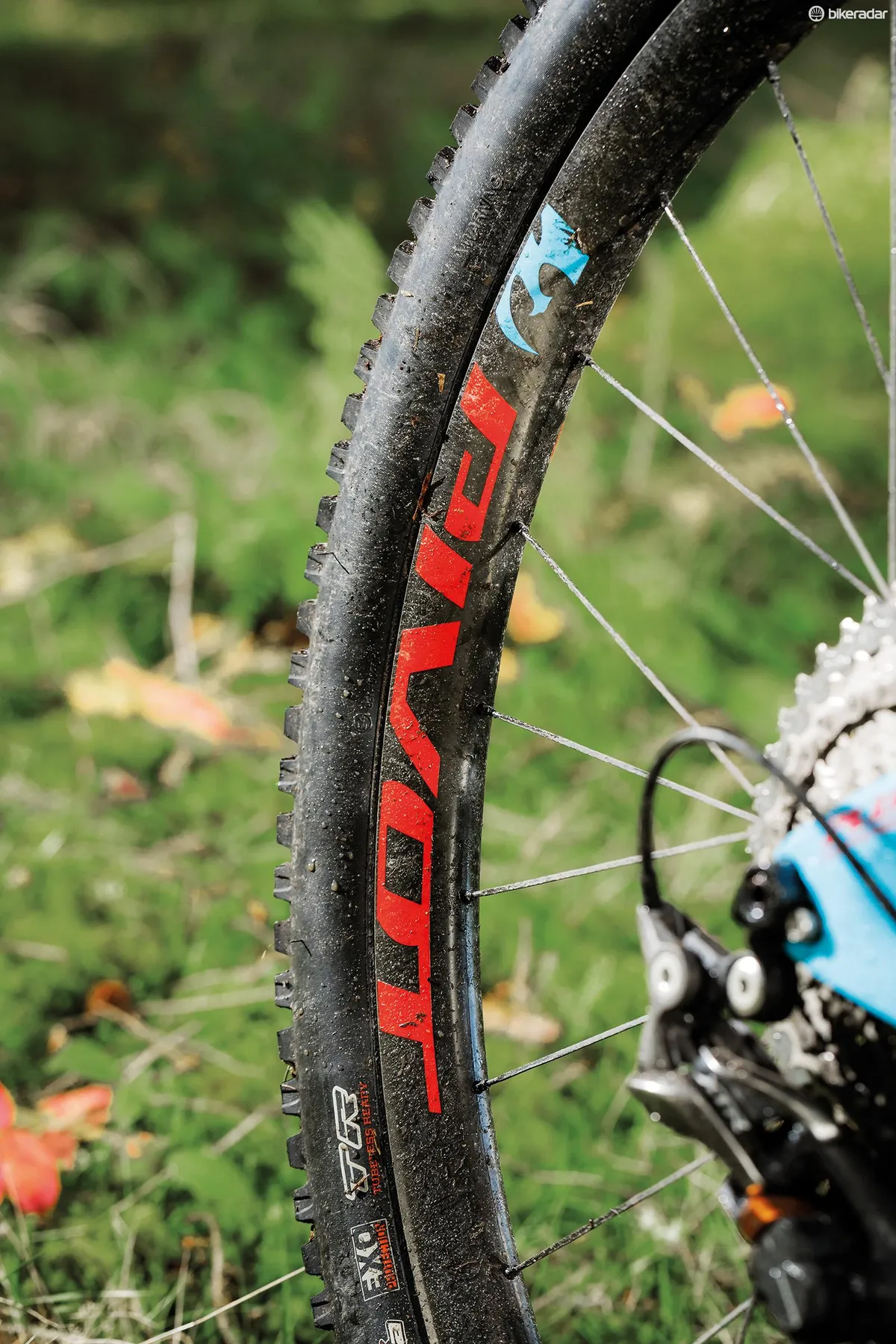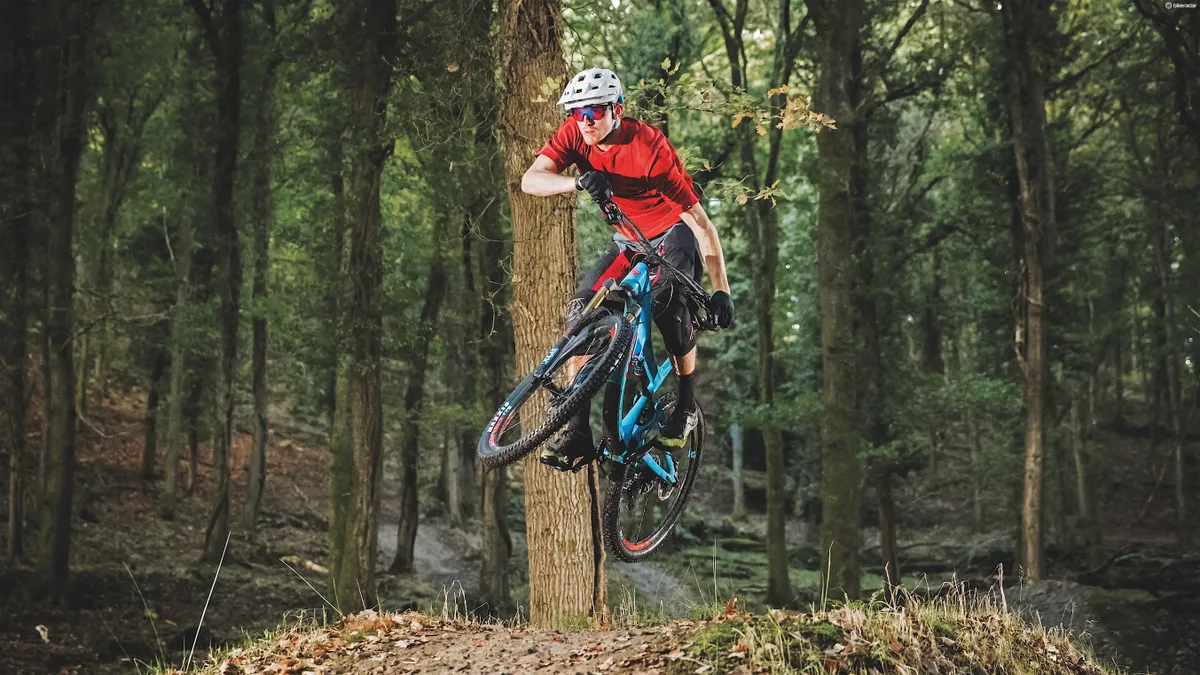Pivot’s latest carbon trail bike is one of a new breed that can switch between 29in and 27.5+ wheels. It uses an extendable lower headset to maintain a similar bottom bracket height no matter which wheels you use. We’ve been testing the mid-range XT/XTR 29er 1x version on a wide variety of trails to see how it handles.
Editor's note: This bike has now been superseded by the 2020 Pivot Switchblade
- Best 29er trail bikes
- Best winter mountain bike tyres
- Best mountain bike: how to choose the right one for you
Pivot Switchblade Pro 29 spec overview
- Frame: Switchblade
- Shock: Fox Float Factory DPS Evol Kashima
- Fork: Fox 36 Factory 150mm Kashima Boost 110QR
- Headset: Pivot Precision sealed bearing
- Rear derailleur: XTR 11spd GS
- Shifters: XT 11-speed R
- Brakes: XT 8000
- Cranks: Race Face Aeffect SL 30T
- Handlebar: Phoenix Carbon Riser 740mm
- Grips: Phoenix Lock On
- Stem: Phoenix Trail Enduro
- Cassette: XT M8000 11-46 11-speed
- Wheels: Reynolds Carbon 29 (upgrade)
- Tyres: Maxxis High Roller II 29 x 2.3 TR
Pivot Switchblade Pro 29 frame and equipment
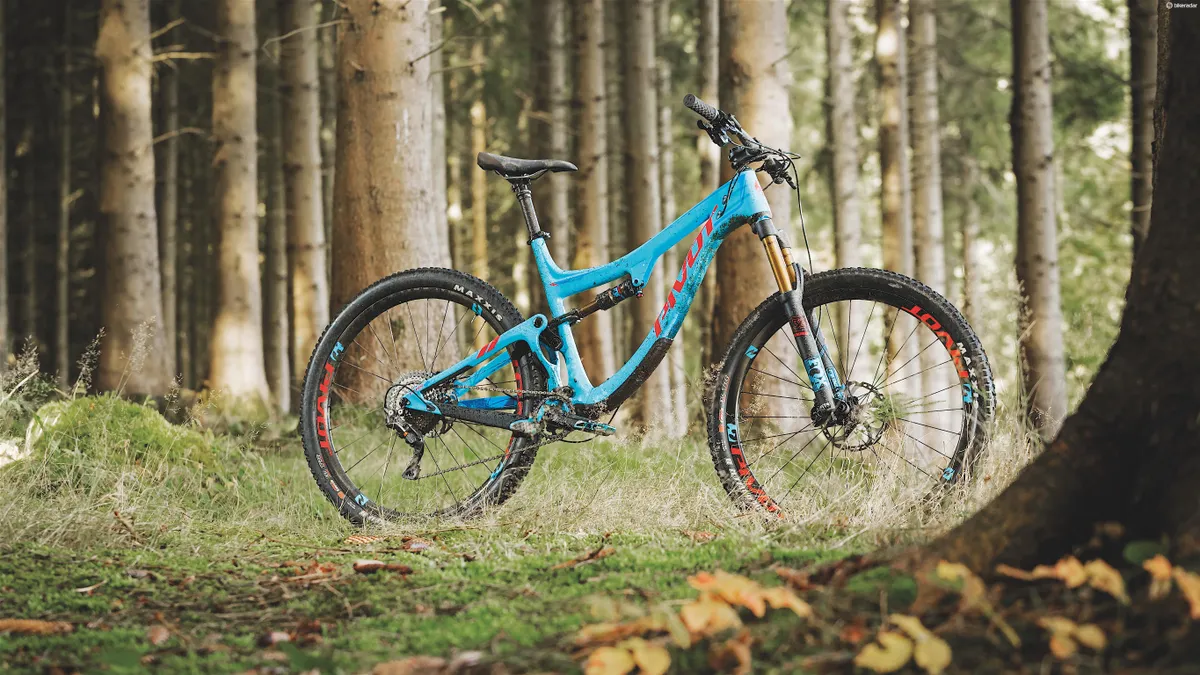
Interestingly, Pivot has adopted the 157mm rear axle spacing usually only seen on DH bikes. It has also extended the hub-flange spacing compared to a regular 157mm hub in a bid to further increase the rear wheel stiffness. It calls this ‘Super Boost Plus’. Catchy!
The bottom bracket height is pretty low at 340mm and the head angle is moderately slack for a 29er at 67.25 degrees
The wider hub requires a wider chainline. A DH crank would work, but their arms are spaced wider apart (known as Q-factor), making pedalling more awkward. Pivot addresses this cleverly on the more expensive Switchblade models by simply flipping the chainring round on a regular Race Face Next SL crank to achieve the required chainline, without the bandy-legged Q-factor. However, our model uses a cheaper Race Face Aeffect crank, which results in a wider Q-factor than the Next cranks, at 82mm rather than 77mm.
The more outboard chainline also allowed Pivot to accommodate up to 27.5 x 3.25in plus tyres as well as 29in wheels, within (probably) the shortest chainstays seen on a full-sus 29er at 428mm.
The bottom bracket height is pretty low at 340mm and the head angle is moderately slack for a 29er at 67.25 degrees. More excitingly, the reach figures (which always used to be frustratingly cramped) have been brought up to date. Our XL bike’s 485mm reach was just enough to keep our 6ft3 tester comfy while attacking terrain with authority.
Pivot Switchblade Pro 29 ride impression
Pivot claims an effective seat angle of 74.25 degrees, but when climbing we felt pretty slouched back rather than upright and ready to attack the climbs as you’d expect from that figure. So we measured the angle ourselves. Though shorter riders will experience a steeper effective seat angle due to the offset seat tube, ours was 72 degrees at pedalling height.
That’s a significant difference. Despite slamming the saddle forwards on the rails, we found ourselves hunched on the front of the saddle when climbing anything steep and this was particularly uncomfortable on the WTB Vigo saddle, which feels like it’s designed to prevent you ever having kids.
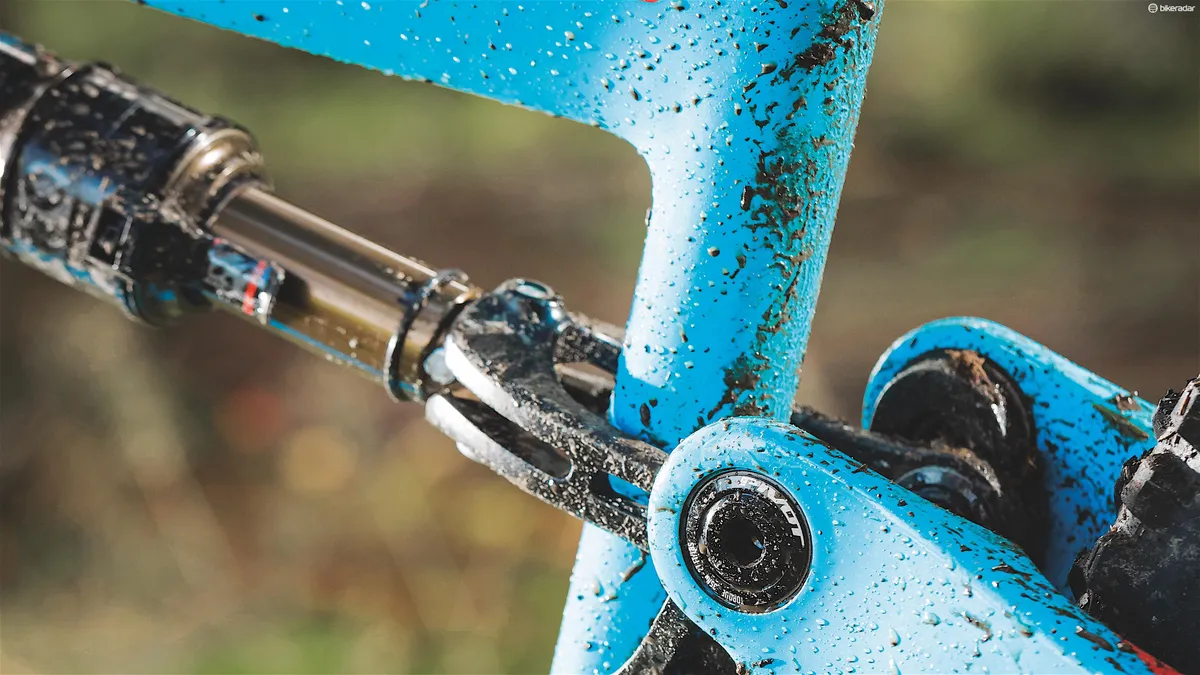
The Race Face Aeffect’s 82mm wide stance isn’t so wide as to make you walk like John Wayne, but it’s noticeable when jumping off another bike. More worryingly, after long rides on the Switchblade our tester suffered a spot of knee pain. This is not a regular complaint for him, so it may well be down to those cranks.
On the plus side, the bike’s light weight — 23.44kg (29.4lb) in XL — stiff frame and efficient suspension platform allow it to whizz along flatter ground. Standing sprints are rewarded with a crisp, efficient response, boosted by the lightweight carbon wheels. It’s an agile and poppy ride thanks to the stiff frame and wheels.
The Super Boost rear end won’t exactly change your life, especially as carbon hoops at this price point are seldom lacking stiffness, but the massive tyre clearance is reassuring and we never had any issues with heel rub.
When the trail points downhill, the 150mm Fox 36 fork is a great choice. It confidently leads the bike down rough sections thanks to its superb stiffness and support, backed up by grippy 3C High Roller II tyres. Out back, the DW-Link design is balanced towards pedalling efficiency rather than ultimate sensitivity and with only 135mm travel the rear suspension can feel slightly outgunned. When pedalling over big roots or braking bumps, the rear feels slightly less reactive than the front, but we only noticed it when riding really rough terrain flat out.
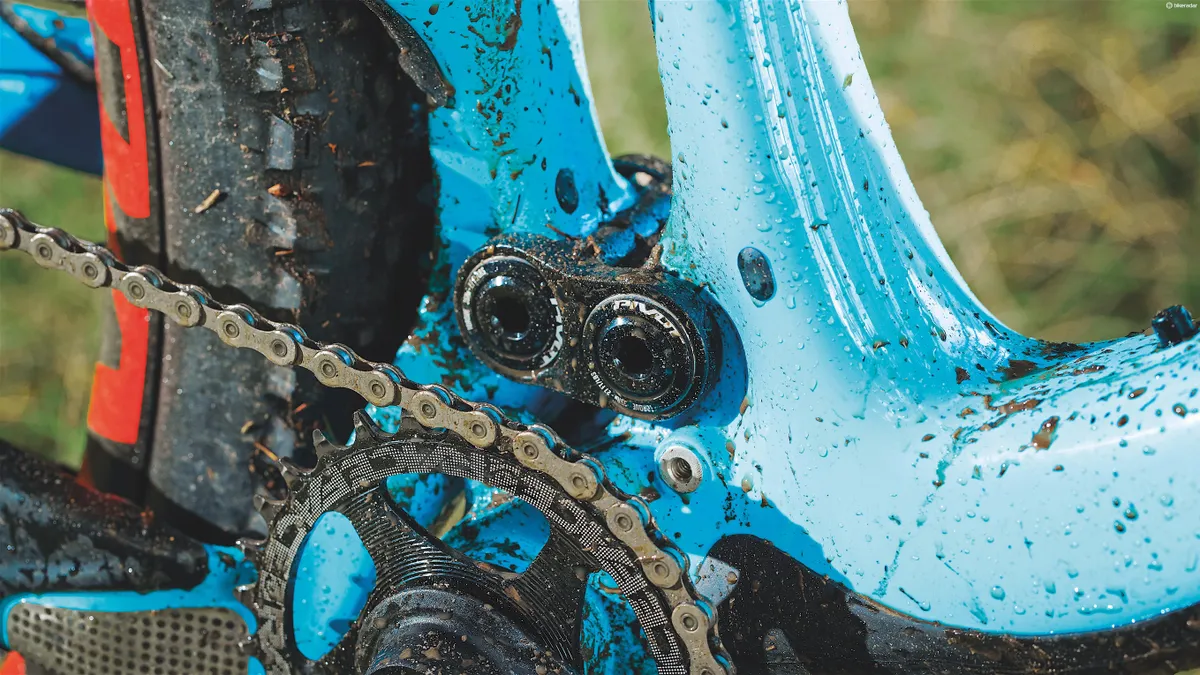
We also felt the 67.25-degree head angle could be slacker. While it sounds fairly slack, the mismatched travel results in a slightly steeper dynamic head angle when sagged. To compensate, we upped fork pressure to prop it up for steep terrain. This made it a touch harder than we’d normally run. We’d have liked to increase sag in the rear to slacken it out for steep descents, but this would exacerbate the slack seat angle on the climbs.
The Switchblade’s spritely and efficient ride is a lot of fun on flatter trails. It’s an ideal weapon for popping and pumping round technical trail centre loops, but needs more aggressive angles to make it as potent on the steeps.
Pivot Switchblade Pro 29 early verdict
An absolute blast on most terrain, but it could be better on steep ups and downs.

